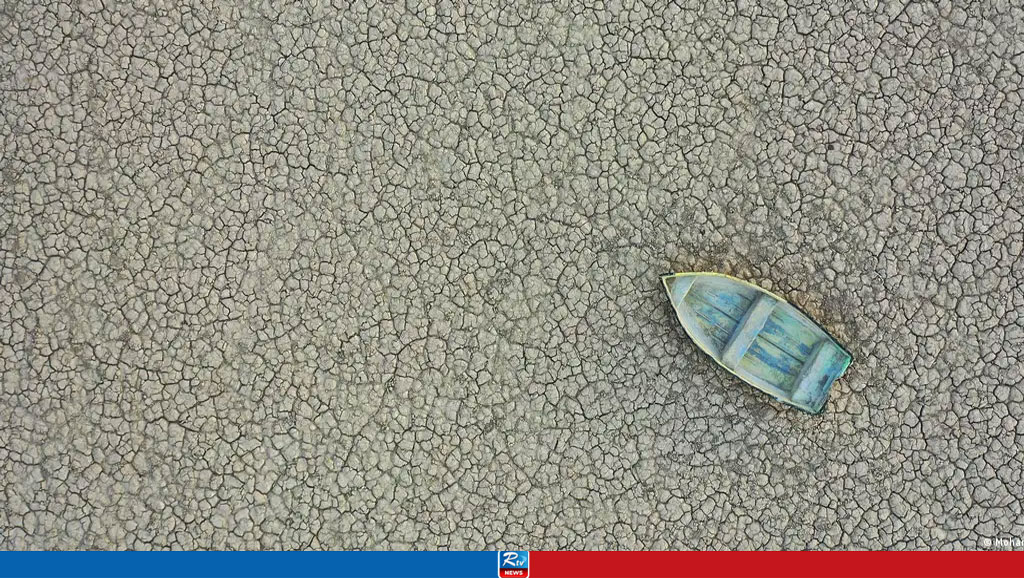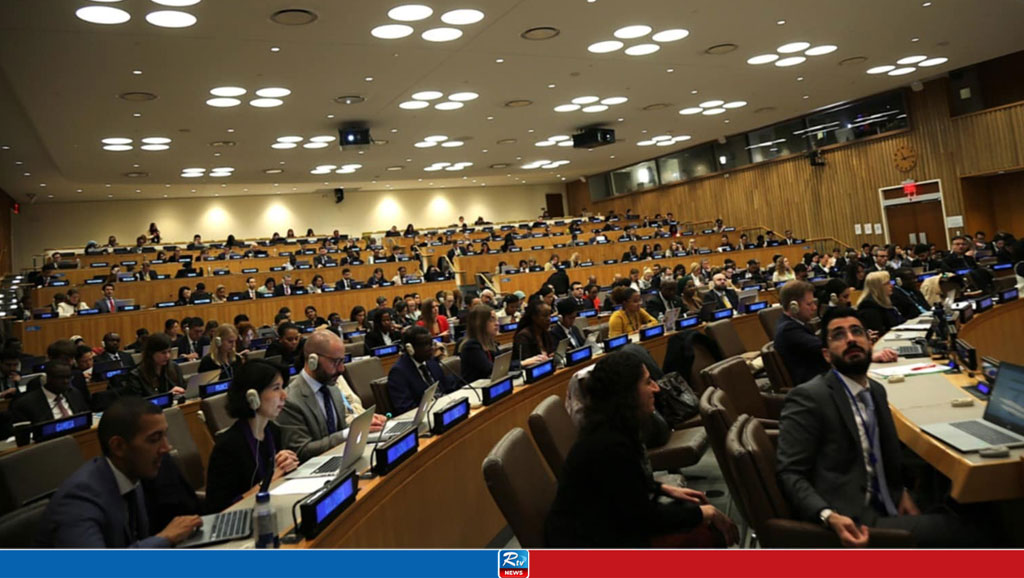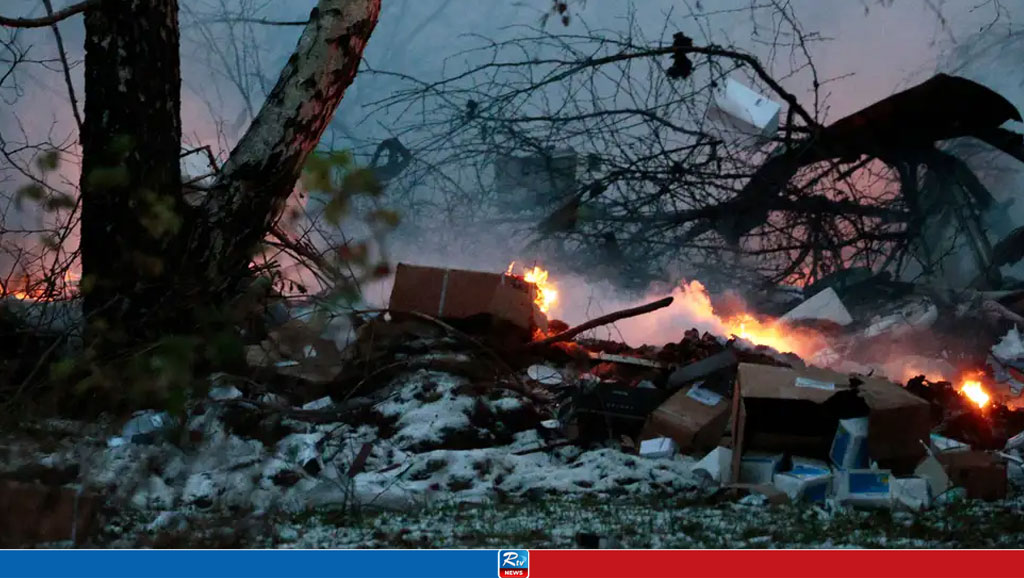Water shortages in Iran cause ground to give away

A drought in Iran is causing the ground to subside, threatening Tehran and hundreds of other towns.
More than 800 towns and villages, including the capital Tehran and the major city of Isfahan, are at risk from land subsidence, Iranian authorities say.
The ground beneath Tehran sinks by up to 22 centimeters (around 9 inches) every year, which is seven times higher than what would be normally expected.
The reason, experts say, is the country's acute water shortage.
"This is a serious crisis affecting at least half of Iranian society," said Roozbeh Eskandari, a Canadian-based expert on a hydraulic structures and dam construction.
Eskandari has long since warned about the consequences of Iran's water scarcity.
"Land subsidence resulting from unsustainable water consumption endangers the country's entire infrastructure, including pipelines, power lines and railroads," Eskandari told DW.
"There is an urgent need to find and correctly implement long-term solutions. Iranian authorities are relying on the fact there will eventually be sufficient rainfall to solve the dwindling water reservoir problem."
Too little and too much rain
Iran has in fact seen more rain in recent months than in previous years. But what could have been a blessing turned out to be a curse. Heavy rainfall caused flooding in various parts of the country, particularly in the poor provinces of Sistan and Baluchistan, which border Afghanistan and Pakistan. Climate change has led to extreme weather in Iran, causing long periods of drought but also heavy rainfall.
"The soil is very dry and cannot quickly absorb much water," Eskandari said. "When there is suddenly heavy rain, it leads to flooding. The country is not prepared for these changes."
The government's plans are only making things worse," he added, referring to measures to divert water flows or build damns — moves that are seen as short-term fixes rather than real solutions. Eskandari says they could also worsen existing regional conflicts over water and even undermine societal peace and cohesion.
Limited resources and mismanagement
For years, experts such as the renowned Iranian sociologist Saeed Madani, have warned about the consequences of climate change and its impact on Iran's economy and society.
Madani, who has been imprisoned since May 2022, has conducted research into how drought and water shortages fueled protests in Iran's south and his books and essays warn of deep rifts caused in Iranian society due to water shortages.
Environmental expert Mansour Sohrabi, who has been based in Germany since 2015, said that Iran has been "suffering from drastically intensifying water shortages for years.
"Iran lacks the resources needed for its growing population, which has more than doubled from 37 million to 83 million people in the last 40 years," Sohrabi told DW.
"We are seeing irreversible depletion and damage to groundwater reservoirs in many parts of the country due to unsustainable water consumption in agriculture, which continues to grow to increase food production.
Mismanagement and excessive water consumption, by both industry and households, are other factors exacerbating the problem, Sohrabi said.
"Some reservoirs may have been permanently destroyed, which is the main reason for land subsidence in many provinces throughout the country."
Climate refugees
The number of climate refugees within Iran has risen by 800,000 in the last two years alone, according to Iranian Environment Agency statistics published in May. These are people who have been forced to move to the northern provinces and cities around Tehran due to climate change, and in particular, because of water shortages in central and southern Iran.
At least 30 million people — over a third of Iran's total population of 83 million people — have moved within the country over the last 30 years in the hopes of a better life. Three quarters of Iran's total landmass is considered completely arid.
Iran's two vegetation-rich provinces on the Caspian Sea are the preferred destination for wealthy climate refugees. But property prices there have increased more than tenfold in the last 30 years and more than a fifth of the forests and agricultural land along the coast have been cleared to build new homes. In total, only 7% of Iran's total landmass is covered by forest.
"The situation is serious because Iran suffers from chronic mismanagement in the environmental sector," said Sohrabi, adding that industry and agriculture need to adapt to climate change.
"Iran has no reversible resources for its 80 million inhabitants. Iranian authorities must take action now and work constructively with countries that have more knowledge and experience in managing scarce water resources. Otherwise, parts of the country will become uninhabitable."
Comments
NATO Chief Rutte Talks Security With Trump in Florida

More Countries Vow to Arrest Netanyahu Under ICC Warrant

British King Charles May Visit Bangladesh

ASEF Executive Committee Meeting Held in Singapore

UNGA Decides to Hold High-Level Conference in 2025 to Propose a Time-Bound Plan

Calin Georgescu Leads Romania's Presidential Race in First Round

DHL Cargo Plane Crashes Near Vilnius Airport in Lithuania


 Live Tv
Live Tv
